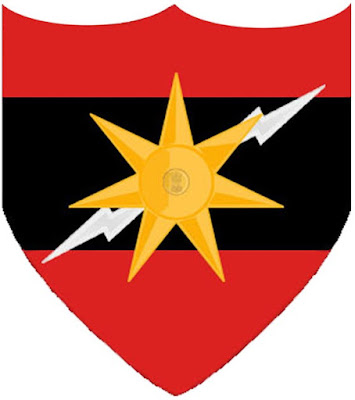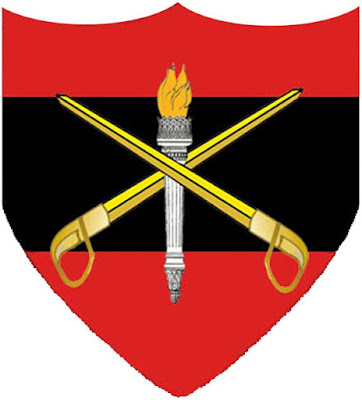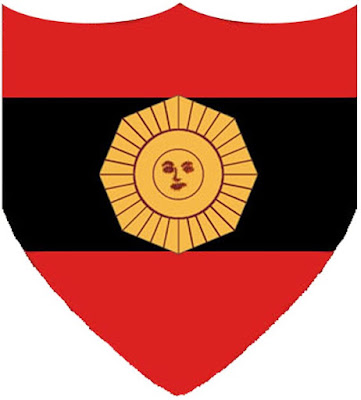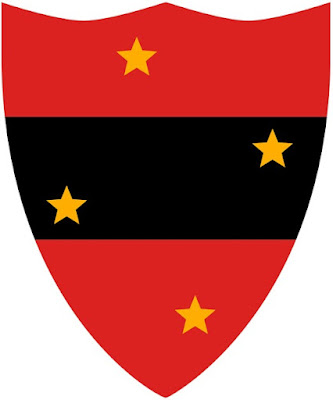MAINTENANCE COMMAND
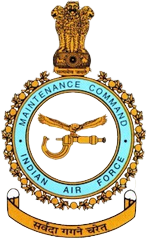
MAINTENANCE COMMAND Maintenance Command was formed at Kanpur on January 26, 1955, with Air Vice Marshal Harjinder Singh MBE PVSM as its first Air Officer Commanding-in-Chief. Kanpur was the hub centre of maintenance activities even before independence. The only Base Repair Depot - BRD of the Indian Air Force existed at Kanpur, along with a Repair and Manufacturing Depot - RMD. A unit called Aircraft Manufacturing Depot - AMD, was subsequently added to undertake manufacture of the AVRO aircraft. In the perspective of the industrial revolution in India, when the role of IAF was more clearly defined, the AMD was transferred to Hindustan Aeronautics Limited - HAL. This division of HAL is today known as Transport Aircraft Division, or HAL(TAD) and is based at Chakeri, Kanpur. Its insignia has a micrometre screw gauge with an eagle in the centre in a circle which is topped by India’s national emblem. Its motto in Sanskrit ‘Sarvada Gagane Charetu’ meaning ‘Always Flying
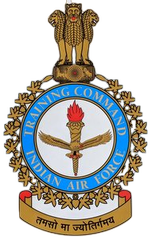
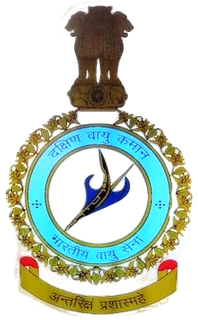
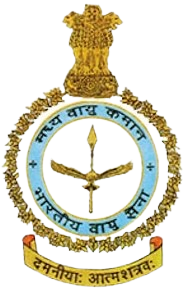

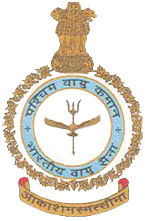

.jpg)
